Updated: Intel Cans Xe-HP Server GPU Products, Shifts Focus To Xe-HPC and Xe-HPG
by Ryan Smith on November 1, 2021 10:30 PM EST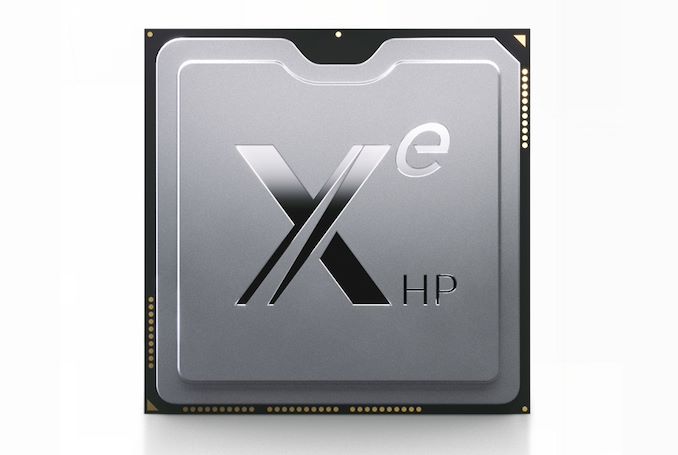
Update 11/01:
In an additional tweet posted over the weekend by Raja Koduri, the Intel GPU frontman confirmed that Intel will be bringing products based on their Xe-HPG architecture to the server market.
We leveraged Xe HP to build developer ecosystem for HPC, AI and Visual cloud. It’s being used on-site at Argonne and other customers.
— Raja Koduri (@Rajaontheedge) October 30, 2021
We’ll have Xe HPG based data center products for visual cloud/AI Inference and Xe HPC based products for HPC/AI Training @intelgraphics pic.twitter.com/iHZa2dMLqd
Painting very broad strokes here from a 280 character announcement, it sounds like Intel will take a very similar tack as NVIDIA for their initial generation of products. That means offering Ponte Vecchio (Xe-HPC) for HPC and high performance AI training, while using the Alchemist (Xe-HPG) products for less intense/more scalable tasks such as AI inference and server-based graphics. All of which leaves me even more curious if Intel has retained Xe-HP’s tile capabilities for Xe-HPG.
With his tweet, Koduri also included a slightly updated version of one of Intel's Xe-HPG slides, which now includes the server graphics role.
Original Story (10/29):
In a tweet published yesterday afternoon by Raja Koduri, Intel’s SVP and GM of the Accelerated Computing Systems and Graphics (AXG) Group, the GPU frontman revealed that Intel has dropped their plans to bring their Xe-HP series of server GPUs to the commercial market. Citing that Xe-HP has evolved into the Xe-HPC (Ponte Vecchio) and Xe-HPG (Intel Arc) families within Intel’s GPU group, the company seemingly no longer sees a need to release a second set of server GPUs – at least, not something based on Xe-HP as we know it.
We deployed Xe HP in our oneAPI devcloud and leveraged it as a SW development vehicle for oneAPI and Aurora. We currently don’t intend to productize Xe HP commercially, it evolved into HPG and HPC that are on general market production path
— Raja Koduri (@Rajaontheedge) October 28, 2021
Also known by the codename Arctic Sound, Intel’s initial family of server GPUs has been the most visible product under development from Intel’s reborn GPU group. Koduri frequently showed off chips housing the silicon as it was brought-up in Intel’s labs. And, Xe-LP/DG1 excepted, this was the first high-performance Xe silicon that Intel developed. Notably, it was also the only high-performance Xe silicon slated to be manufactured by Intel; Xe-HPC’s compute tiles and Xe-HPG dies are both being built by TSMC.
We haven’t heard much of Xe-HP this year, and in retrospect that was a sign that something was amiss. Still, as of year Intel had been showing off Xe-HP demos with performance as high as 42 TFLOPS of FP32 throughput. And in November the company announced that Xe-HP was sampling to select customers.
But, as it would seem, Xe-HP just isn’t meant to be. For 2021 Intel has been focused on getting Ponte Vecchio assembled for the Aurora supercomputer (and eventually other customers), as well as bringing up the Xe-HPG Alchemist GPU family for Q1 of 2022. According to Koduri, Xe-HP has been leveraged as a development vehicle for Aurora and Intel’s oneAPI – so it hasn’t gone unused – but that’s as far as Xe-HP has made it.
For now, the cancellation of Xe-HP raises some big questions about Intel’s server GPU plans. Xe-HP was intended to be the backbone of their server efforts, utilizing a scalable design that could range from one to four cores to serve datacenter needs ranging from compute to media processing. Between Xe-HP and Ponte Vecchio covering the very high end of the market (e.g. HPC), Intel was slated to develop a potent slate of parallel processors to compete with market-leader NVIDIA, and offer traditional Intel customers a GPU option that let them stay in Intel’s ecosystem.
At this point it’s not clear what will fill the void left by Xe-HP in Intel’s product stack. Ponte Vecchio is in production now, and judging from Intel’s revised Aurora figures, is performing better than expected. But the massive chip is expensive to build – at least in its current configuration. And while Xe-HPG could be called up for server use next year, unless Intel is able to tile it like Xe-HP, they won’t be able to offer the kind of performance that Xe-HP was slated to deliver.
Equally nebulous is a full understanding of why Intel opted to cancel Xe-HP. With the silicon already up and running, canceling it certainly sets back their server GPU plans. But as AMD has already begun rolling out their new CDNA2 architecture-based server GPU products, and NVIDIA is likely aiming for some kind of refresh of their own in 2022, there’s certainly the question of whether Xe-HP was simply too late and/or too slow to compete in the server market. Coupled with that, it’s the only lineup of high-performance Xe parts that Intel was fabbing themselves, using the 10nm Enhanced Superfin process (now referred to as Intel 7).
In any case, Intel is clearly not giving up on their plans to break into the server GPU market, even if pieces of that plan now need to be rewritten. We’ve reached out to Intel for additional details, and we’ll update this story further if Intel releases a more detailed statement on their server GPU plans.
Source: Raja Koduri (Twitter)


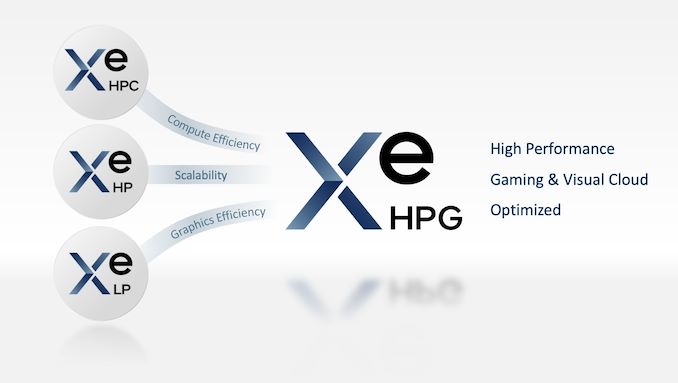
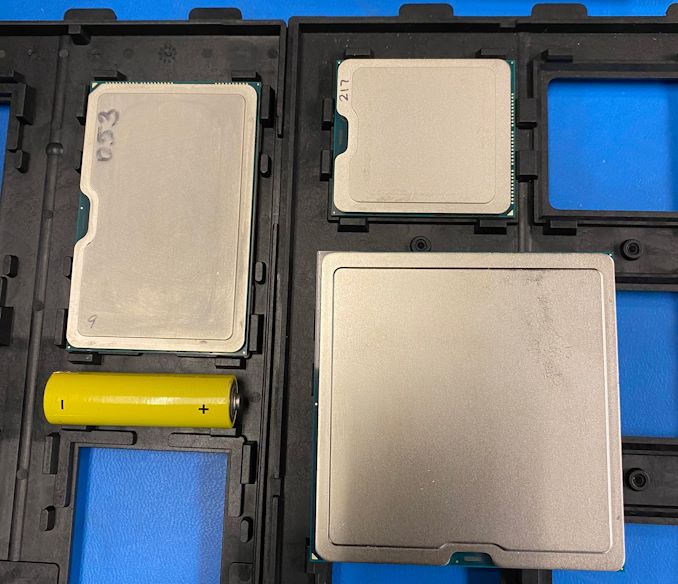
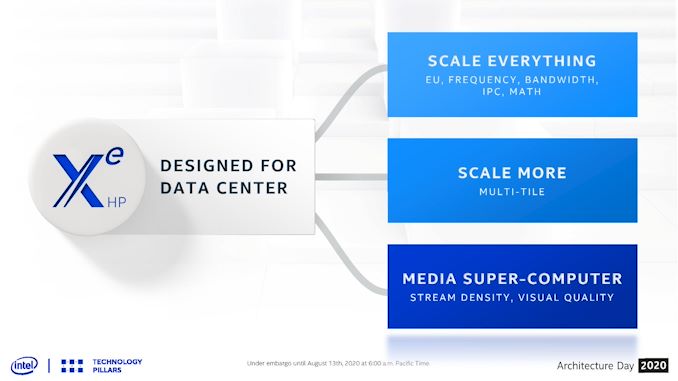
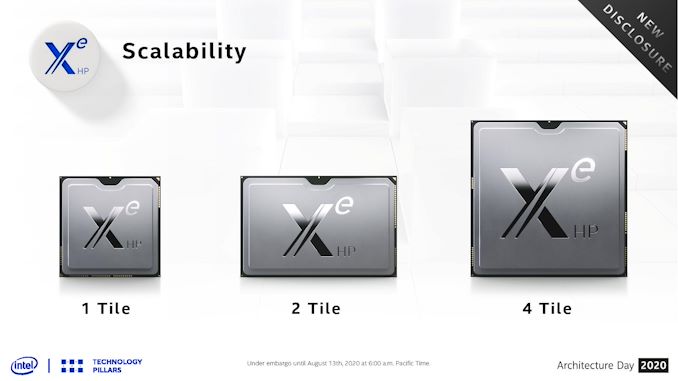









47 Comments
View All Comments
flgt - Saturday, October 30, 2021 - link
Agree. And with the points Yojimbo pointed out they had a rough road ahead in data center. With limited 10 nm production capacity they probably went with the guaranteed CPU sales.Oxford Guy - Sunday, October 31, 2021 - link
You mean Intel is helping AMD and Nvidia keep GPU prices extremely high — so it, too, can get the big margin.mode_13h - Monday, November 1, 2021 - link
There's a sweet spot between high price @ low-volume vs. low price @ high-volume. It's not clear to me that the GPU market is in that sweet spot. That is to say that I'm sure each of those companies would like higher volume, if they could get it.I don't know if you're trying to be funny, but I imagine no one is laughing.
Oxford Guy - Monday, November 1, 2021 - link
Again with your imagination.kwohlt - Tuesday, November 2, 2021 - link
Xe-HP, using Intel 7, is competing with CPU's for fab time. Seems to me current capacity isn't enough to also manufacture Xe-HP in addition to Alder Lake and Sapphire Rapids. There's no reason to believe Intel is opting out of this market, but rather just "not yet". Probably also best to focus on GPU consumer products for now and allow time for drivers to mature and see real world use.The_Assimilator - Wednesday, November 3, 2021 - link
I'm betting Intel will keep cutting GPU lines until only the consumer side is left. When that inevitably fails (again) they'll sweep it under the rug and pretend it never happened, as they do. Then in a decade they'll repeat the process, and another decade after that...Just goes to show that no amount of money can buy talent. And no, Raja "Vega" Koduri doesn't count as talent; I'd be impressed if he could design a functional paper bag.
JayNor - Wednesday, December 15, 2021 - link
Intel is using their 3D manufacturing to integrate TSM GPU tiles, announced for Ponte Vecchio's compute tiles and reportedly planned for Meteor Lake's 192eu tile.There may be enough volume in these tiles to keep their interest, which seems to be their strategy with the downscale of Ponte Vecchio's 16 tiles to 8 and 4 tile versions.
Tiger Lake's 96eu will be doubled to 192 on Meteor Lake, although it would be more interesting if they upgraded to Xe-HPG tiles.
I believe David Blythe is the chief GPU architect on Xe.